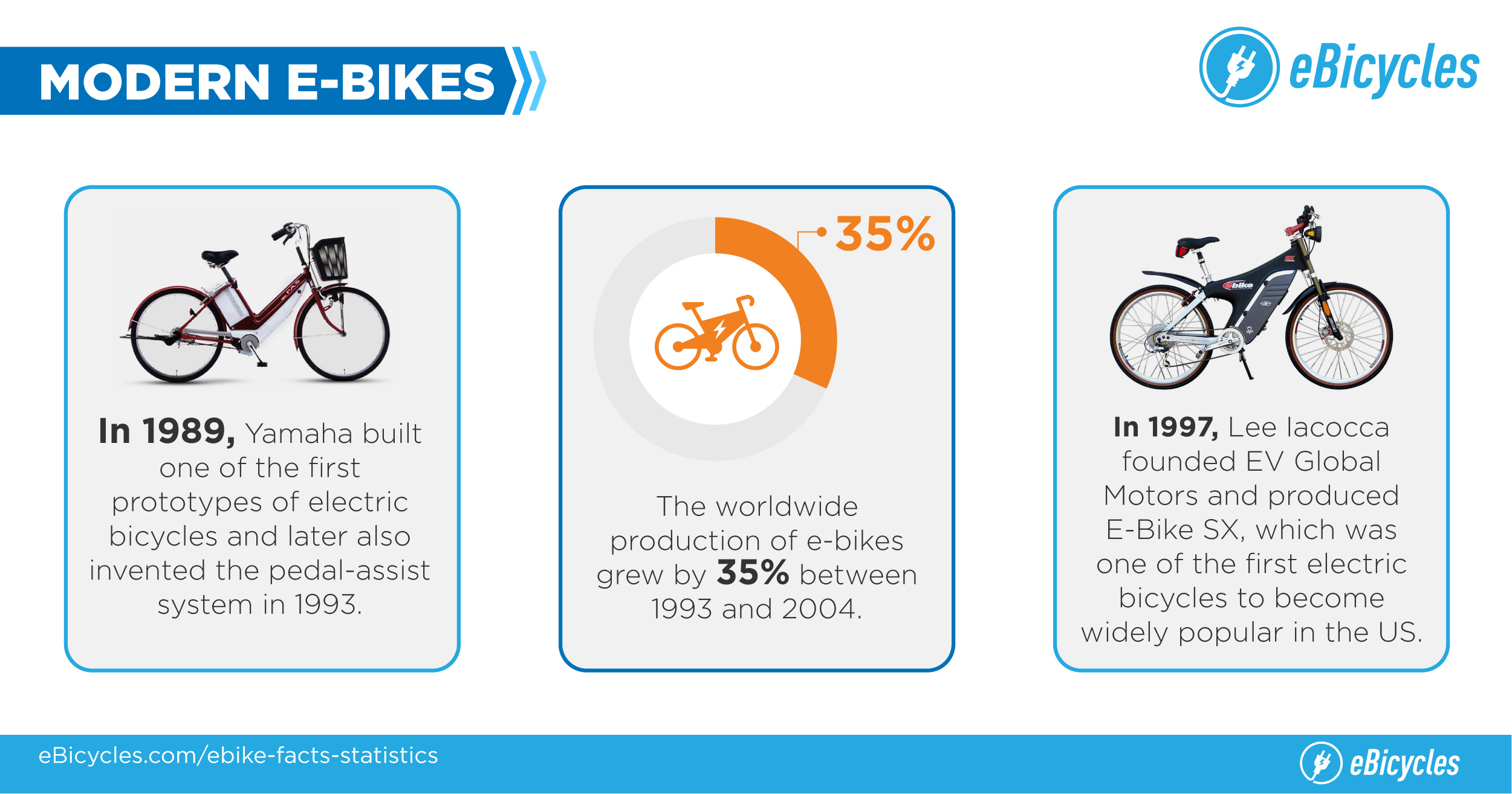Gain Understanding Of Local Regulations To Ride Your E-Bike Securely And In Conformity With Guidelines
Gain Understanding Of Local Regulations To Ride Your E-Bike Securely And In Conformity With Guidelines
Blog Article
Created By-Nyholm Dejesus
Before you hop on your e-bike and hit the streets, it's important to recognize the laws and laws that govern your city. From rate limitations to assigned riding areas, there's a lot to take into consideration to guarantee you're certified and risk-free. By familiarizing on your own with the regulations certain to e-bikes, you'll be better furnished to appreciate your experiences with no unforeseen lawful problems. Remain tuned to find key insights that will assist you browse the e-bike landscape in your city seamlessly.
Comprehending E-Bike Classification
When it comes to browsing the realm of e-bike laws and policies, an essential starting point is understanding the classification system that categorizes these electric bicycles. E-bikes are generally identified right into 3 major classifications: Class 1, Class 2, and Course 3.
Course 1 e-bikes are pedal-assist only, suggesting they offer aid while the biker is pedaling and have a maximum speed of 20 mph. These bikes are allowed in locations where typical bicycles are permitted.
Course 2 e-bikes are geared up with a throttle that can push the bike without pedaling. They additionally have a maximum speed of 20 mph and are suitable for motorcyclists who may need support without pedaling continuously.
cruiser -bikes resemble Class 1 but with a higher maximum speed of 28 mph. visit this website are often limited from certain bike courses or trails due to their higher rates.
Recognizing these classifications is vital for complying with neighborhood policies and guaranteeing a secure and satisfying e-biking experience.
Browsing Rate Restrictions and Limitations
To effectively navigate e-bike regulations and policies, it's critical to understand the speed limitations and restrictions that put on different courses of electric bicycles.
Rate limitations for e-bikes vary depending on the category of the bike. Course 1 e-bikes, which are pedal-assist just and have a maximum speed of 20 miles per hour, are typically permitted on bike lanes and courses.
Class 2 e-bikes, which have a throttle along with pedal-assist and additionally reach rates of as much as 20 miles per hour, might be restricted in certain areas where motorized vehicles aren't allowed.
Class 3 e-bikes, with pedal-assist up to 28 miles per hour, are usually needed to adhere to the very same regulations as typical bikes.
It is essential to stick to these speed limitations and restrictions to ensure your safety and the safety of others when driving. Before riding your e-bike, acquaint yourself with the certain laws in your city to avoid any prospective fines or lawful issues.
Where to Ride Your E-Bike
To establish where you can ride your e-bike, it's important to know the guidelines and standards details to your place. In most areas, e-bikes are commonly allowed on roads and streets where standard bikes are allowed. This might include bike lanes, bike paths, and shared highways. Nevertheless, it's important to inspect local legislations as some cities might have particular restrictions on where e-bikes can be ridden.
When riding your e-bike, constantly focus on security by adhering to web traffic guidelines and appreciating pedestrian pathways. Additionally, bear in mind any kind of designated bike lanes or paths in your area and utilize them whenever feasible to ensure a smoother and more secure experience.
Some cities additionally have guidelines concerning e-bike use on pathways, so make certain to familiarize on your own with these guidelines to avoid any type of fines or fines.
Verdict
Since you're familiar with the regulations and regulations bordering e-bikes in your city, you can confidently hit the trail understanding where you can ride and what limitations apply to your e-bike classification. Keep in mind to constantly prioritize safety and comply with the regulations to make certain a smooth and legal ride. Satisfied riding!
